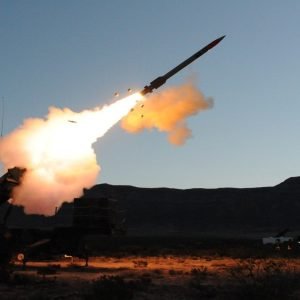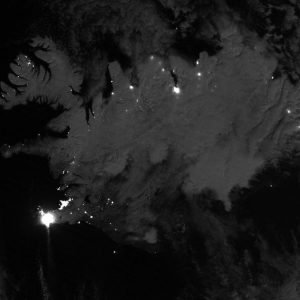
Europe has made headway on its newfound common defence procurement practice in November 2024.
The European Union (EU) mobilised €300m ($315.3m) to finance the acquisition of five projects equally on behalf of member states:
- Mistral very short-range air defence (VSHORAD) systems;
- IRIS-T medium-range air defence systems, under the Joint Air Missile Defence Initiative Europe (JAMIE);
- the Finnish-led Common Armoured Vehicle System (CAVS);
- Common Procurement of Ammunition (CPoA) 155mm (involving six nations);
- and HE-155mm ammunition (four nation participants).
All these funds were issued under the European Defence Industry Reinforcement through Common Procurement Act, shortened ‘EDIRPA’. This piece of legislation came to pass on 18 October 2023, whereupon it was decided that the joint acquisition would be centred around ammunition, air defence and ground platforms.
The common procurement concept has its roots in the continent’s alarmist response to Russia’s full-scale invasion of Ukraine around March 2022.
Aggregating EU demand on a wider scale, it is believed, will assure regional defence companies of government’s long-term intentions and allow suppliers to expand their manufacturing capacities and workforces.
Just last month, France’s senior army officials entered into agreements enabling ARQUUS and KNDS France to lean on “industrial reservists” for the first time in order to keep pace with the stifling military demand. It is hoped that this Defence Industrial Reserve system will facilitate the participation of 3,000 reservists into the defence industrial workforce or to state industrialists by 2030.
Ammo, air defence and vehicles
Calls for ammunition, air defence and armoured vehicles give us some indication of Europe’s priorities in a new age of strategic preparedness.

Of course, these three choices are informed by the gruelling high intensity warfare playing out in Eastern Europe, where success is measured in yards gained and, at least for the Russians, waging destructive campaigns against civilian, as well as military, morale and infrastructure. This then demands an Israeli-style layered missile defence plan through the European Sky Shield Initiative and armoured mobility capabilities.
As far as artillery and missile defence go, GlobalData intelligence reveals that Europe is set to dominate the sector with a share of 44.9% and 34.4% of the two global markets respectively.
Likewise, armoured vehicles will prove essential to armoured mobility and fires in a high intensity warfare environment in which the rate of demand comes form a need to replace vehicle losses from cost-effective loitering munitions. For that reason, Ukraine is confronted with the question of how to appropriately balance protection and manoeuvrability in this operational context.
The International Institute for Strategic Studies says Ukraine has lost more than 8,000 infantry fighting units since the full-scale invasion began (nearly) three years ago.
Self-determined security
This is a step in the right direction, Germany’s National Armaments Director, Vice Admiral Carsten Stawitzki commented, as it ensures a “self-determined European security architecture.”
Previously, in April, the EU unveiled its inaugural defence industrial strategy which put forward for a longer-term approach to collective defence than the responsive measures of support for Ukraine until now. As part of this strategy, member states will procure at least 40% of defence equipment in a collaborative manner by 2030.
While the EU decision to provide budgetary resources for collective defence for the first time will help to cultivate a ‘self-determined’ security arhcitecture, its inclusion of equipment in other domains remains an open question.
Even in Ukraine, often characterised by trench warfare and artillery bombardment, the country’s forces are using asymmetric methods to eliminate Russian war potential, including its Black Sea operations and deployment of F-16 Fighting Falcons. Naturally, air and sea assets play a crucial, if secondary, role in modern European conflict.
In this regard, progress is made through other European initatives such as the European Defence Agency (EDA) and the Organisation for Joint Armament Procurement (OCCAR). These initiatives play a crucial role as Denmark’s accession to the EDA in April suggests.
Likewise, OCCAR is a critical programme manager that has kept numerous defence programmes at pace, such as helping Italy secure its fourth U212 NFS submarine as well as the Offshore Multi-Purpose Support Vessels (PPAs).









